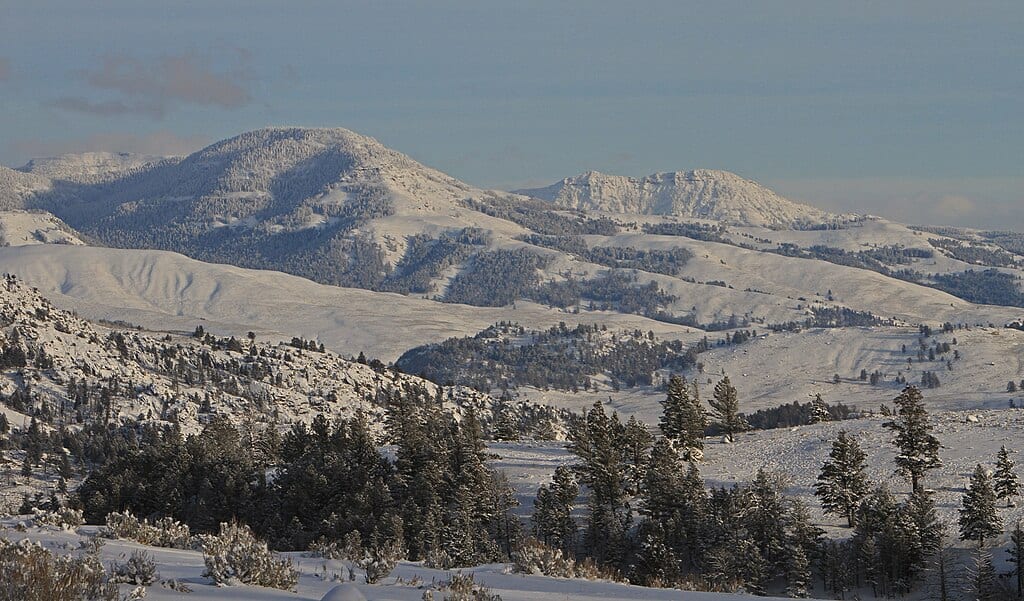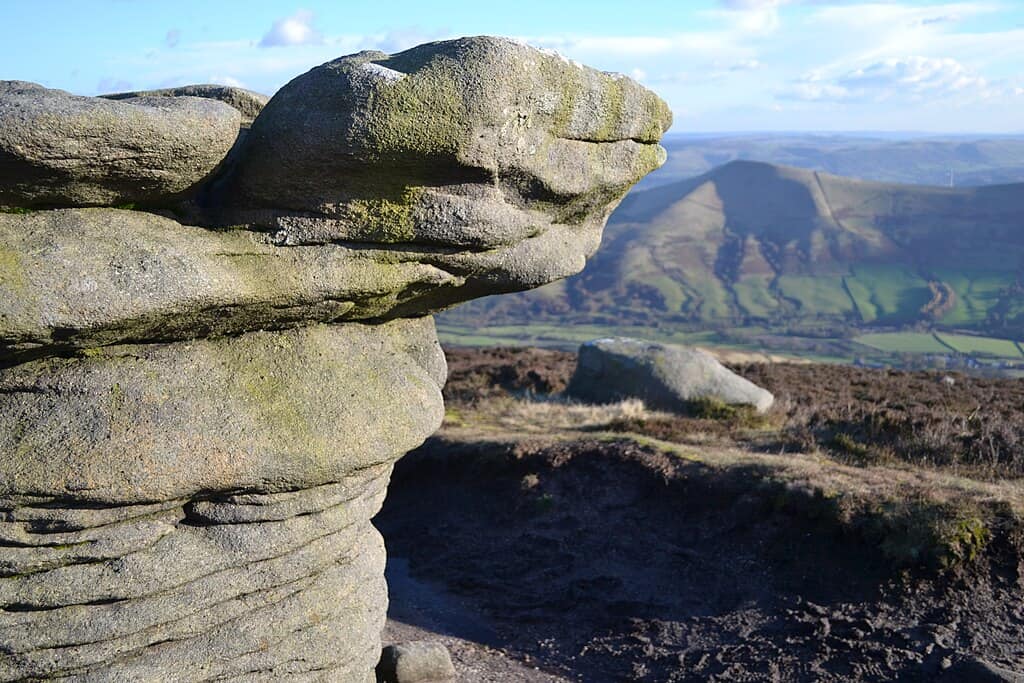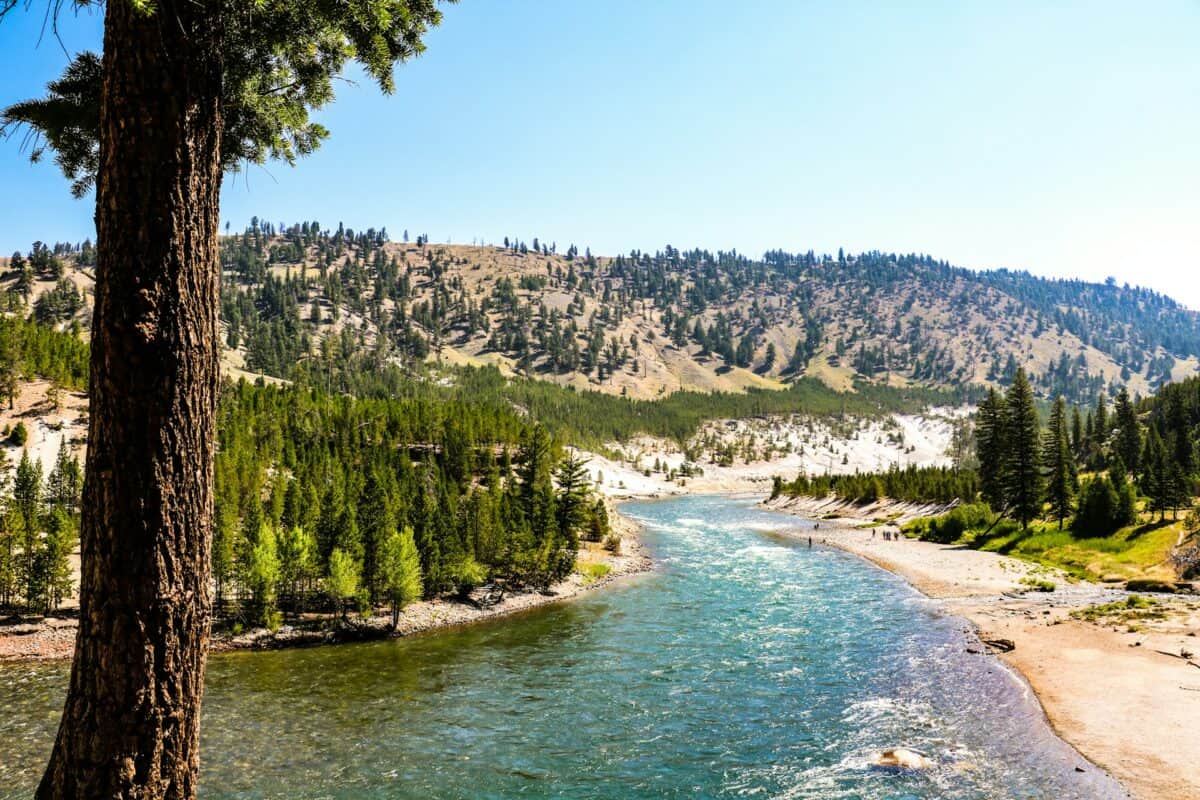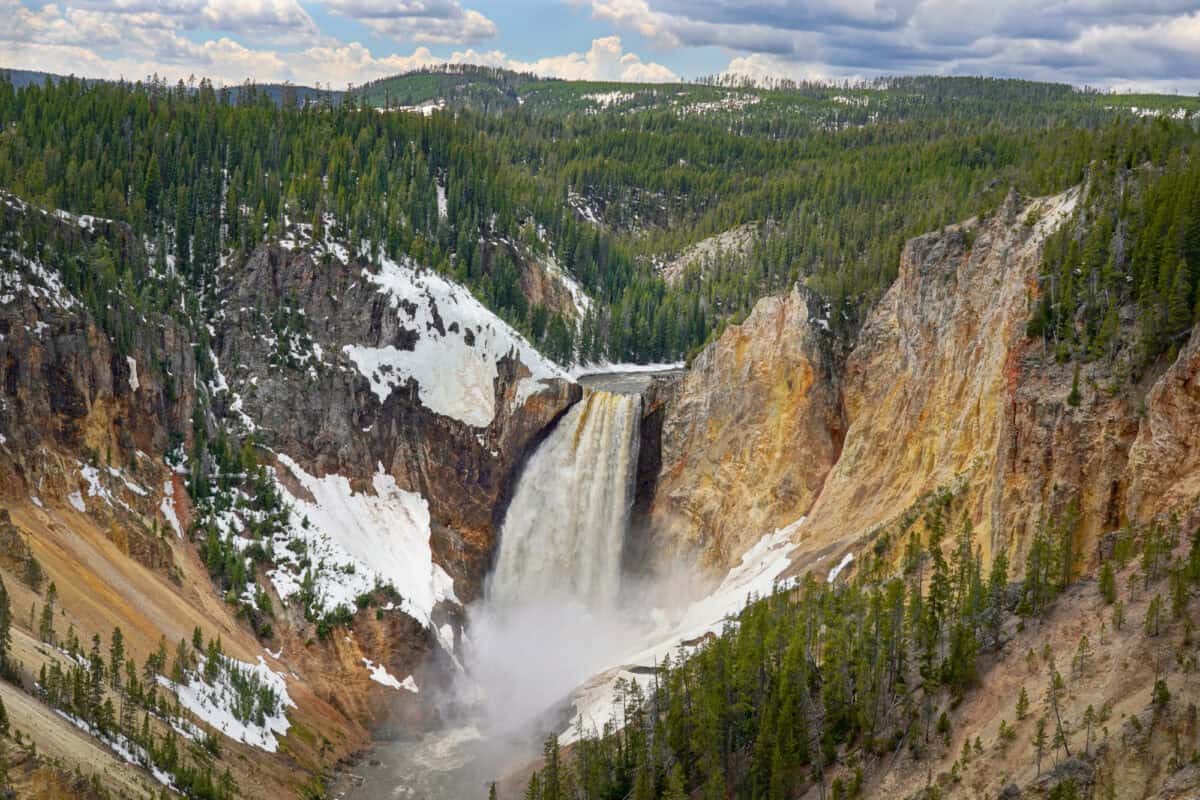In the mysterious expanses of North America’s wilderness, wolves roam with an enigmatic presence that captivates scientists, naturalists, and the general public alike. Among these majestic animals, there is one pack that stands out due to its remarkable size and influence. Follow along as we explore the details of this unique wolf pack, uncover their extraordinary dynamics, and learn about their impact on the ecosystems they inhabit.
Origins of the Legendary Pack

Located primarily in Yellowstone National Park, the renowned Druid Peak Pack gained fame for being the largest documented wolf pack in North America. Reintroduced in 1995 as part of a broader effort to restore wolves to the ecosystem, the pack’s origins are rooted in conservation success stories. With an initial group of eight wolves, their numbers grew rapidly thanks to the abundant prey and strategic adaptations.
Record-Breaking Numbers

At its height, the Druid Peak Pack boasted an astounding 37 members. In the wild, wolf packs typically consist of 5 to 15 individuals, making this pack a marvel of natural history. This size allowed them to maintain a dominant presence in the park and offered researchers greater insights into wolf behavior and social structures.
Social Structure Within the Pack

Despite their large numbers, the wolves maintained a complex social hierarchy typical of smaller packs. The alpha pair retained the core leadership role, with subordinate wolves adhering to intricate social dynamics. This hierarchy helped in allocating roles within the pack, such as hunting, territory defense, and pup rearing.
Territorial Range and Size

The vast territorial range of the Druid Peak Pack was a spectacle to behold. Their domain covered a significant portion of the Lamar Valley in Yellowstone, with an area spanning more than 300 square miles. This expansive territory was crucial for sustaining their large numbers by providing ample resources and allowing them to support multiple generations.
Impact on Yellowstone’s Ecosystem

The presence of the Druid Peak Pack played a pivotal role in revitalizing Yellowstone’s ecosystem. Through their predation on elk and other ungulates, they indirectly supported plant regrowth and increased biodiversity. This phenomenon, known as a “trophic cascade,” demonstrated the vital role predators play in maintaining environmental health.
Intriguing Hunting Strategies

With their large numbers, the pack was able to employ coordinated and sophisticated hunting techniques. Known for their patience and teamwork, they would strategically surround and isolate weaker prey before launching an attack, showcasing an incredible display of natural instincts and intelligence.
Challenges and Conflicts

The journey of the Druid Peak Pack was not without challenges. As they expanded their territory, they often faced conflicts with neighboring wolf packs. Their large size made them formidable opponents, yet it also required considerable resources and energy to maintain dominance.
Adapting to Seasonal Changes

Adapting to the harsh conditions of Yellowstone’s winters was a testament to the pack’s resilience. Their thick fur and pack solidarity enabled them to endure extreme temperatures and diminishing food sources. This adaptability ensured their survival and reflected the successful evolution of wolves over millennia.
Research and Observations

The large size and visibility of the Druid Peak Pack provided unparalleled opportunities for scientific observation. Researchers tracked their movements and interactions, popularizing wolf study methods and highlighting their importance in understanding broader ecological patterns. This research enriched our knowledge of wolf behavior and conservation.
Decline and Legacy

The pack’s supremacy dwindled over time due to disease, internal strife, and environmental pressures. At its decline, the pack served as a poignant reminder of nature’s volatility. Despite this, their legacy persists in research, conservation efforts, and public fascination with Yellowstone wolves.
The Role of Wolves in Culture and Folklore

Wolves have long captivated human imagination, symbolizing a potent blend of wild beauty and fierce independence in various cultural narratives. The Druid Peak Pack was no exception, becoming a symbol of nature’s resilience and the power of life in the wild.
Conservation and Future Insights

The continuous study of wolf packs like the Druid Peak Pack underscores the importance of conservation efforts. Understanding these packs encourages policies that prioritize ecological balance and preservation of natural landscapes. As we look to the future, wolves remain a key species for ecosystem restoration and biodiversity maintenance.
Summary

In summary, the story of the Druid Peak Pack is a captivating chapter in North America’s wildlife history, illustrating the resilience, complexity, and ecological importance of wolves. Their tale continues to inspire conservation and deepen our appreciation for the intricacies of nature.
- 12 Fascinating Shark Facts And 3 That Are Totally Wrong - August 21, 2025
- 11 Animals That Can Clone Themselves - August 21, 2025
- 15 Cat Breeds Vets Secretly Wish You’d Stop Buying - August 21, 2025

